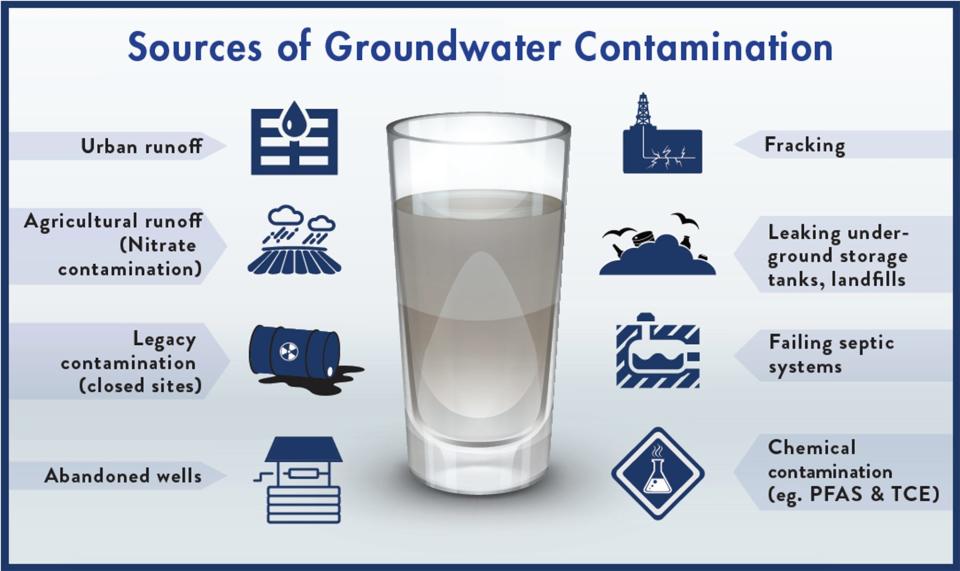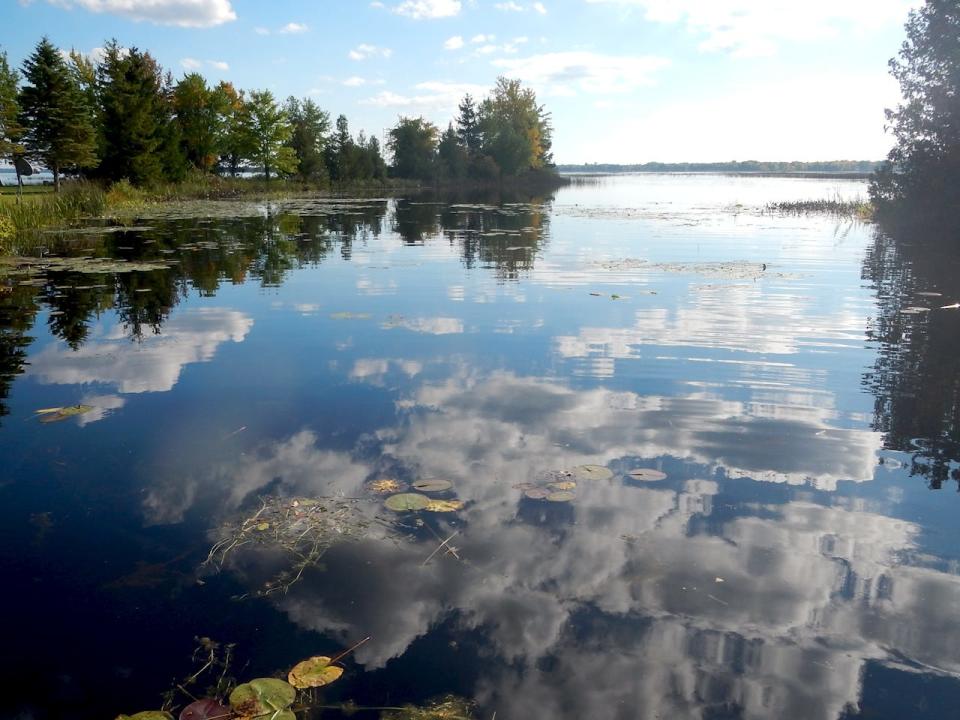The health of groundwater, Michigan’s sixth Great Lake
According to Liz Kirkwood, executive director of For Love of Water (FLOW), groundwater is Michigan’s sixth Great Lake.
“We rely on groundwater to live,” she said. “But unlike Michigan’s lakes, rivers, and streams that we can see, Michiganders can’t see groundwater, so it’s often forgotten.”

Kirkwood said groundwater suffers from humanity’s out-of-sight, out-of-mind blindspot, a critical error that has threatened the state’s groundwater.
According to the U.S. Geological Survey, groundwater is “water that exists underground in saturated zones beneath the land surface. ... It fills the pores and fractures in underground materials such as sand, gravel, and other rock, much the same way that water fills a sponge.”
While groundwater is the source of 40 percent of the water used for national public consumption and 39 percent for U.S. agriculture, Michiganders rely even more on this resource. About 44 percent of the state’s population gets their drinking water from the ground, and the many farms and orchards in Michigan have doubled their annual groundwater usage since 2009 — from 93 to 187 billion gallons.
FLOW argues in its seminal 2022 report that critical natural resources become threatened when they don't receive the conservation protections and public attention they deserve. According to Kirkwood, a lack of public awareness of groundwater risks has led to entire aquifers across Michigan becoming contaminated by failing septic systems, agricultural runoff, abandoned wells, and legacy contamination, such as pollution from now-closed sites.

Kirkwood identified septic contamination as one of the leading threats outlined in FLOW’s report.
According to FLOW, Michigan is the only state that does not have a law demanding the inspection and regulation of private septic systems, leaving counties, cities, and townships to construct a patchwork of rules around septic.
“That lack of statewide regulation means Michigan homeowners must bear what amounts to significant infrastructure costs to maintain, pump, inspect, and replace their septic systems, all with zero assistance or oversight from state environmental departments,” said Kirkwood.
Officials said the results have been devastating for the environment.
FLOW’s report outlined at least 330 known failing septic systems found during one study. But that was just the beginning of the findings.
“We also coordinated another study in which Dr. Joan Rose from (Michigan State University) sampled 64 river systems that drain approximately 84 percent of the Lower Peninsula for E. coli and the human-specific source tracking marker bacteria called B-theta,” said Kirkwood. “The more septic systems in the watershed, the more human fecal source tracking bacteria were found in the water.”
Simply put, when rivers near homes with private septic systems were tested, they had much higher concentrations of human fecal matter than rivers with fewer private septic systems nearby.
Subscribe: Check out our offers and read the local news that matters to you
Private septic concerns were just one of the issues outlined in the report. Corporation pollution was another.
In conjunction with the Department of Environment, Great Lakes, and Energy (EGLE), FLOW documented more than 24,000 groundwater contamination sites across Michigan, including 11,000 orphan sites. Orphan sites are polluted areas where a corporation caused pollution many years ago, but the corporation moved away or was dissolved, meaning the taxpayers are now on the hook for cleanup costs.
FLOW’s report also outlined several solutions to Michigan’s groundwater challenges, and Kirkwood was optimistic about their chances for implementation, particularly around addressing the private septic issue.
“There needs to be a funding source for inspection, enforcement, and replacement on private septic systems,” said Kirkwood. “For homeowners, the costs of replacing failed septic systems must be dealt with, and we hope upcoming legislation addresses that. Having leadership in Lansing sympathetic to environmental concerns is a big help.”
In Lansing, there are also discussions among legislators that polluter pay laws may be on the horizon. Such legislation would hold corporations accountable for any pollution they create, including groundwater contamination.
“When we look at this economically, what we’re seeing here is another unaccountable giveaway to irresponsible corporations,” said Sean McBrearty, legislative and policy director for Clean Water Action. “What we need this Legislature to address is to bring back our polluter pay program to ensure that the responsible corporations, not taxpayers, are on the hook for cleaning up contaminated sites moving forward.”

Kirkwood said raising awareness for groundwater concerns is half the battle when confronting an “out-of-sight and out-of-mind” attitude about the issue.
“A 2016 study showed 30 percent of homeowners didn’t know they had a septic system, much less when it was last serviced,” said Kirkwood. “This is especially true when homes change hands. The new owners often don’t know what’s under the ground because they weren’t the ones who had septic tanks and fields dug and installed.”
Those interested in learning more about the state of Michigan’s groundwater can read FLOW’s 2022 groundwater report, available at forloveofwater.org.
Ren Brabenec is a Brimley-based freelance writer and journalist with The Sault News. He reports on politics, local issues, environmental stories, and the economy. For questions, comments, or to suggest a story, email hello@renbrabenec.com.
This article originally appeared on The Petoskey News-Review: The health of groundwater, Michigan’s sixth Great Lake

